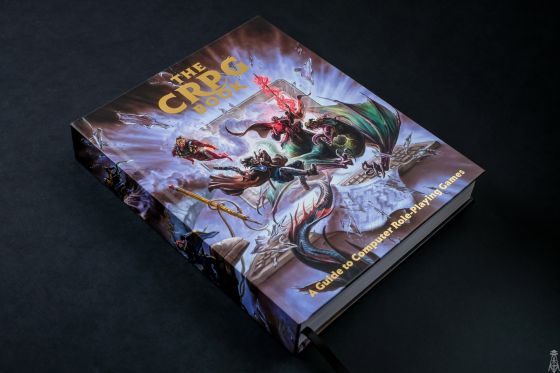
Nostalgia can be a wonderful thing and I've been around long enough for it to really take hold. I remember when there were only mainframes and punch cards; I remember seeing Pong when it first took the world by storm; I remember buying an Intellivision and playing two simplistic DnD games for hours; I remember being excited when I bought a Commodore 64 and played 'Bard's Tale', 'Phantasie', 'Might and Magic' and 'Ultima'. I remember buying my first IBM clone PC and being extremely annoyed when it wouldn't play the first PC game I'd ever bought 'Quest For Glory' because it needed a '286' to run. (Who reads the fine print on the back of a box?) I remember having to upgrade to a '386' a '486' and a Pentium (complete with assorted memory managers) just so I could play the latest game in the Ultima series. Ah, the joys of nostalgia.
All of this came flooding back as I sat down recently to peruse the incredible 'CRPG Book' from Felipe Pepe and a host of other contributors. What a monumental effort this has been. What an unbelievable accomplishment.
The book itself is quite impressive; it's huge, heavy and produced on high quality paper in full colour. I believe it's what people call a 'coffee table' book. It will certainly have pride of place on mine.
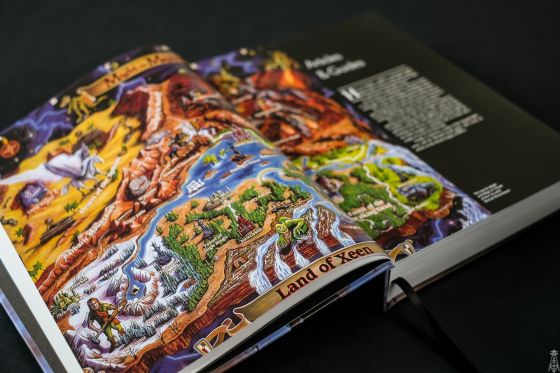
After an interesting and informative introduction to the project which presents details of its conception, history and production, it dives quickly into the meat of its
raison d'etre, the games; specifically the history and development of CRPG's. It presents the material in chapters which encompass five year periods of games development and growth beginning with 1975 and principally finishing with 2014, though there is a small section which highlights some of the later and more current developments. If the book ever receives a well-deserved re-print, then hopefully this section might be expanded.
Each chapter begins with a quick overview of the time period under review and offers some of the key hardware developments of the period, such as the introduction of the Commodore 64, or the first 286 PC. This is helpful for understanding not only the progressions in game development during this 5 year span, but also the restrictions under which the developers worked. In a true chicken and egg conundrum, we are left to ponder the question did a game such as Ultima 7 progress hardware development and expansion, or did what was occurring with hardware push the game developers to great heights and achievements. Perhaps it was a little of both.
It needs to be stressed here, that the reviews which form the heart of the book are not just the work of one or two people, but are comprised of a host of famous, well-known and not so well-known contributors who simply love CRPG's. Sure there might be a few inconsistencies, but on the whole they are excellent, well thought out and honest. If a game was terrible it will tell you why and if it deserves your attention that is conveyed as well.
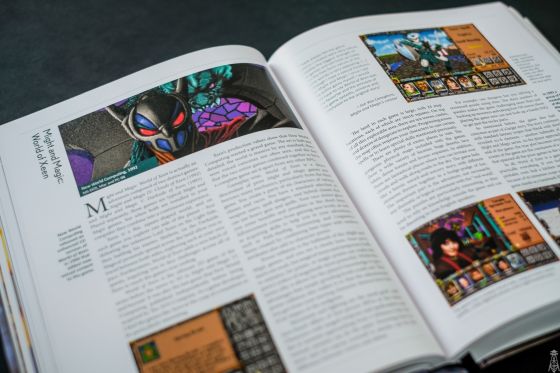
Each review is accompanied with several screen-shots, notes about the games development history, occasional comments from the developer and where appropriate notes on updates, sequels and transitions to other platforms. The amount of detail is extraordinary and I learned many new things about games I have played and re-played several times and never knew. Everyone will learn something from the pages of this book even when you thought you already knew everything there was to know about a certain favourite game. It's always interesting too to read someone rave about a game you disliked, or criticise a game you love. Reminds me of the forums I've frequented and moderated over the years.
One thing which amazed me as I poured over and devoured each page was the incredible number of games produced over this period of time. Not only have I been playing CRPG's for over 30 years, but I have been actively involved in several gaming forums and been a beta games tester and game reviewer for much of that time. However, there were probably a couple of hundred games included which I had never heard of. Though from the comments about poor sales for many of them, I assume not many other people heard about them either.
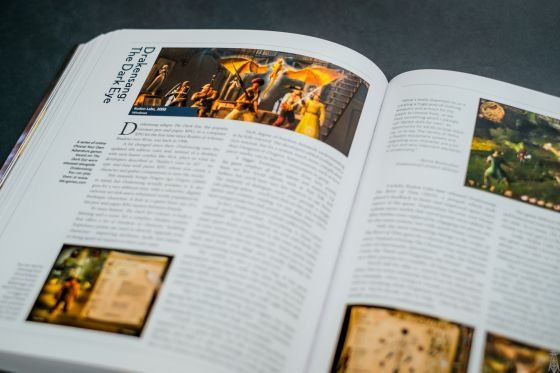
The book concludes with a small section addressing Japanese RPG's (JRPG"S) which is something I know little about though I have played one or two. There's a section dealing with Fan Translations, and finally a small though fascinating conclusion concerning games we'll likely never play. Though, who knows, some people once said that 'Grimoire' would never see the light of day.
By now you might have gathered that I really, really liked and enjoyed this book. I did. Is it perfect? No, of course not. There are a few typographical errors which weren't picked up, but not many; the Index at the back of the Book is not always intuitive; some reviews could have used more detail and some, perhaps, less, but this was a monumental task done brilliantly. If you love, enjoy, or even have any interest at all in CRPG's then you MUST buy this book and put it in pride of place. It is the most complete and definitive work on this topic I have ever seen and should not be missed.
All photos by Bitmap Books / Chris Daw.
Editor’s note: as our system has been made for games, the automatically placed text below the rating mentions the word game a few times. Just mentally replace the word game by book and it reads as it should.
Summary
Pros
- Top Notch Production Values
- Beautifully Presented
- Incredible Attention to Detail
- Full Colour on Quality Paper
- Covers an Amazing Number of Games
Cons
- Very Heavy to Hold
- A Few Small Typos
- Index not Totally Intuitive
Rating: Excellent
An outstanding game that will be remembered as a classic. It is a game that is equal to the best gameplay available in the genre at the time of writing. This doesn't say that the game is flawless, but none of these flaws really impact the game all that much
Review version
Book version first print



















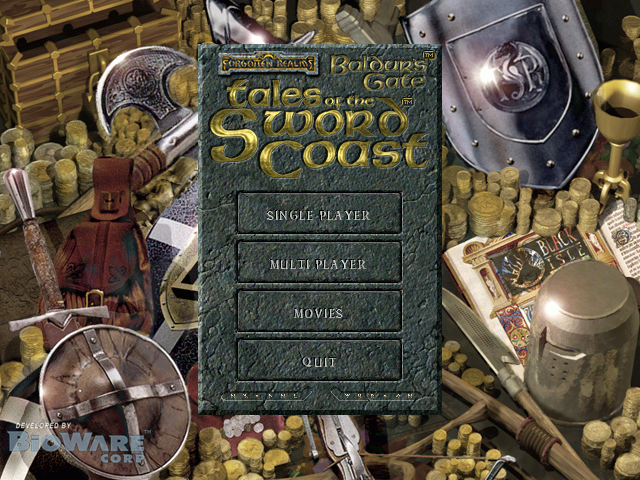





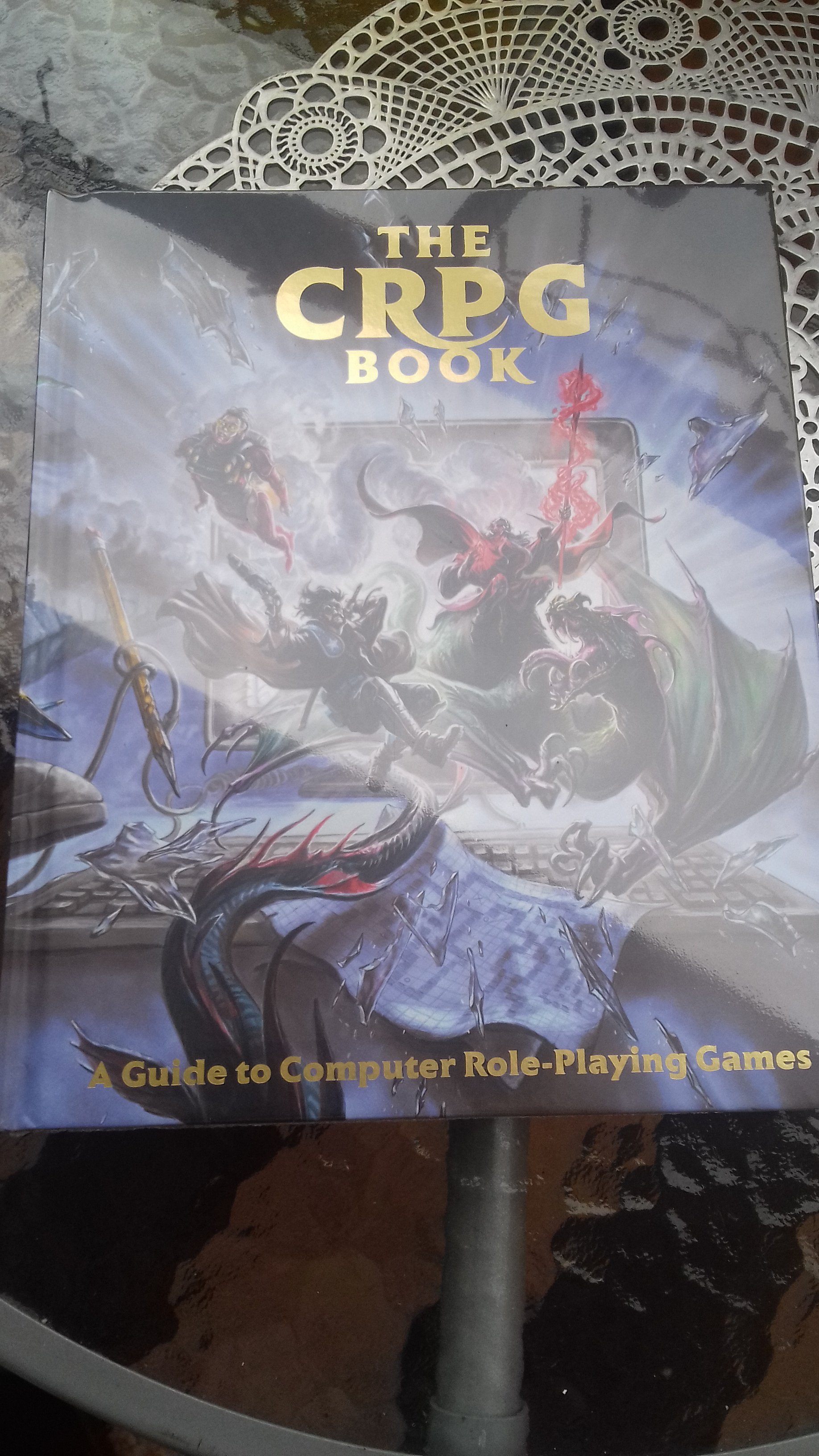
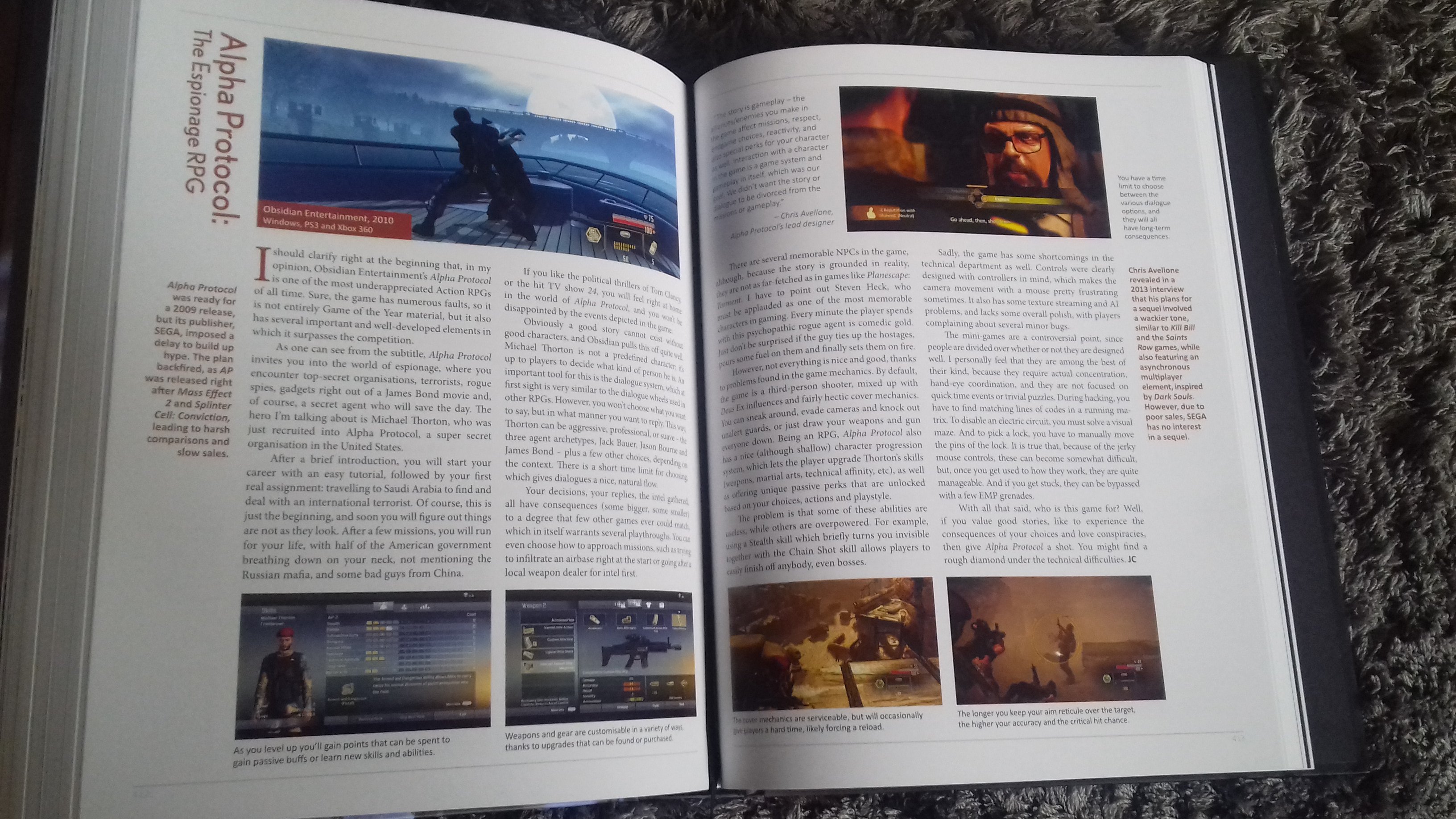









![The Year of Incline [2014] Codex 2014](/forums/smiles/campaign_tags/campaign_incline2014.png)


